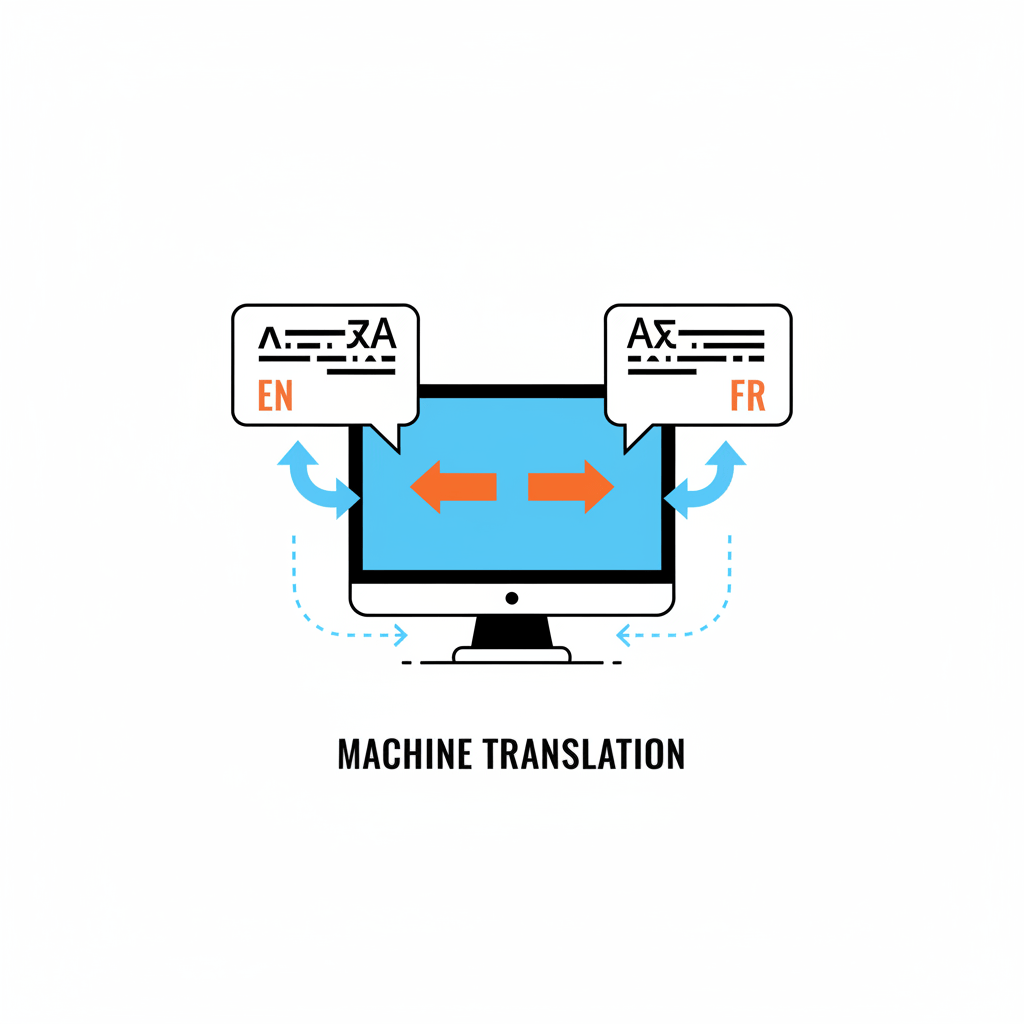Expanding your business to global markets demands more than straightforward translation; it requires strategic localization to create marketing materials that resonate with diverse audiences and drive real conversions. The difference lies in how well your messaging aligns with the linguistic nuances and cultural expectations of each target market. This article explores how to translate marketing materials effectively so they convert worldwide — balancing accuracy, cultural sensitivity, and compelling communication.
Why Cultural Context Matters in Translation
Marketing is fundamentally about connection. When expanding internationally, a literal word-for-word translation of your marketing collateral is unlikely to engage local consumers or inspire action. Different cultures have distinct values, idioms, humor, symbolism, and buying behaviors. Ignoring these elements often leads to messages that feel hollow, irrelevant, or even off-putting.
For example, the nuances embedded in African languages such as Swahili, Siwi, or Luhya require cultural insight to preserve persuasion and clarity. Service providers like those offering Swahili Language to English Translation and Luhya Language to English Translation bring culturally aware interpreters who understand how to frame marketing content to resonate authentically with native speakers.
Choosing Professional Human Translation Over Automated Tools
While machine translation is appealing for speed and cost, it rarely captures the subtleties of tone or context that marketing demands. Automated services often produce generic or awkward phrases that can alienate your audience.
Professional translators specialized in your target language and industry — especially for less widely spoken languages like Lozi or Lusoga — offer a tailored approach. For instance, accessing expert services such as Lozi to English Translation or Lusoga Language to English Translation ensures materials are polished, impactful, and culturally relevant.
When legal or regulatory accuracy is necessary, certified translators, including those found through options like Temecula Certified Translation Services, serve to protect your brand while maintaining message integrity.
Localizing Content to Match Market Preferences
Translation is only one step in the localization process. To motivate buying behavior, your marketing materials may need adaptations beyond language. This could involve modifying calls to action, adjusting imagery, or revising slogans to fit local customs.
For example, marketing for audiences that speak Bemba or Meitei benefits from incorporating culturally pertinent references and communication styles. Engaging resources such as Bemba Language Translation and Meitei Language Translation services help brands craft messages that foster trust and boost conversion rates.
Managing Multilingual Marketing Projects Efficiently
Maintaining consistency and speed when translating into multiple languages — such as Lingala, Kamba, or Kaonde — demands strong project management. Developing centralized glossaries and style guides allows your teams and translators to align terminology and tone, reducing errors and confusion.
For example, services like Lingala Language to English Translation Service, Kamba Language to English Translation, and Kaonde to English Translation provide expert linguistic support that ensures message clarity across your campaigns’ various language components.
Clear communication with translators and feedback loops within local teams are essential to keep marketing materials native-sounding and effective.
Measuring Success and Continuously Optimizing
Global translation isn’t “set and forget.” Monitoring how translated content performs in terms of user engagement, click-through rates, and conversions across language markets enables data-driven refinements. Using analytics and customer feedback helps identify areas where messaging might need adjustment or cultural realignment.
Budgeting for Quality Translation Services
Cost is an important consideration. While professional translation and localization can represent a significant investment, the payoff is enhanced brand reputation, reduced marketing waste, and improved conversion rates worldwide. Prices vary based on language complexity, volume, and localization depth required.
Opting for quality human translation — especially for complex languages or certified needs — delivers long-term value over quick, machine-generated text that might cost more in lost opportunity.
Translating marketing materials that convert globally requires a blend of linguistic expertise, cultural fluency, and strategic adaptation. Whether you’re localizing for African languages such as Swahili, Siwi, or Luhya — or seeking certified services in US regions — partnering with professional linguists who understand your audience ensures your message transcends borders and converts.
Invest in expert translation and localization today to unlock your brand’s global potential and foster lasting customer relationships worldwide. Contact trusted providers to begin crafting marketing materials that truly speak to your international audience.
More Resources:
Best Way to Translate Documents for Accurate Results – Applied Lingo









